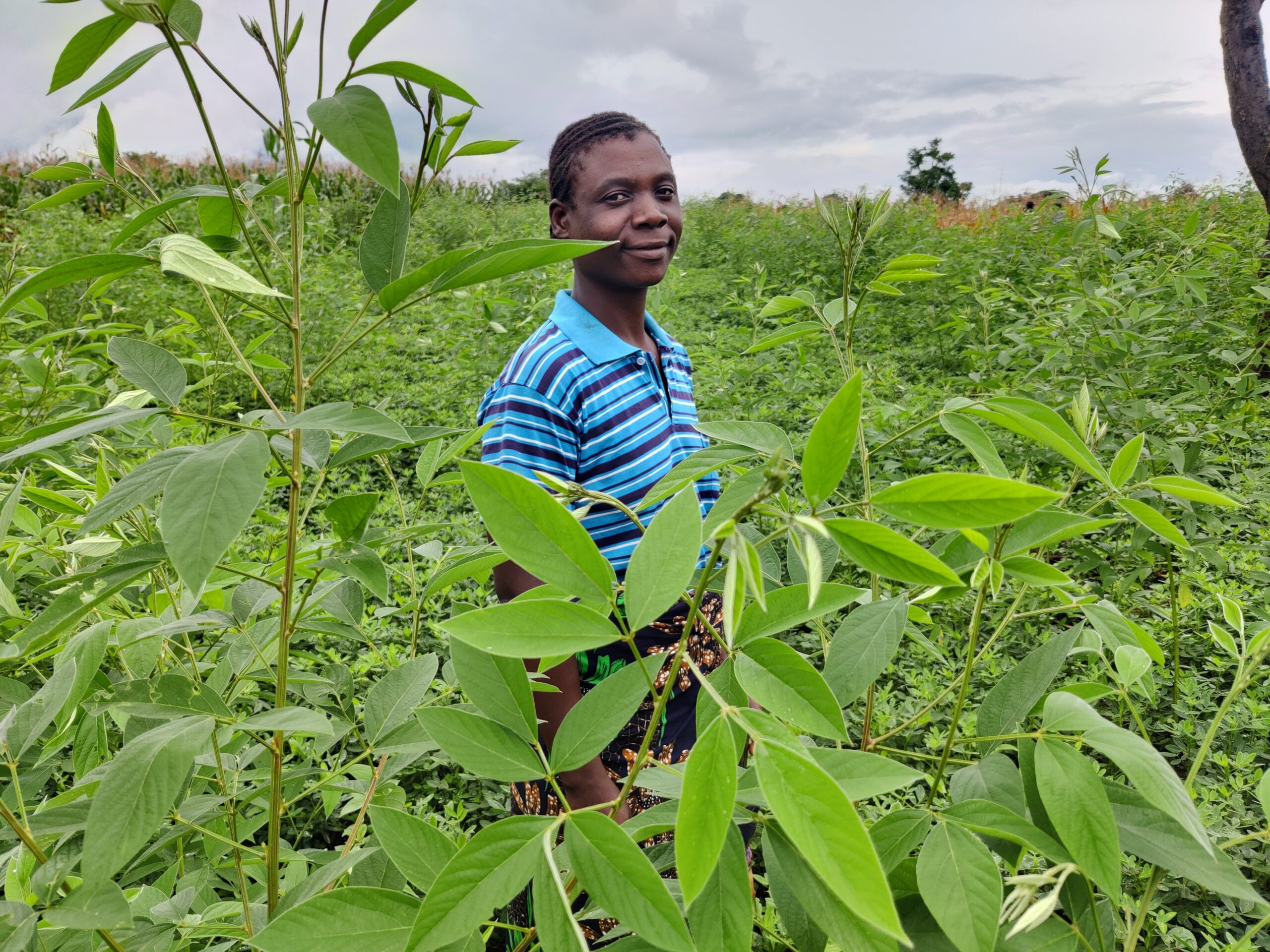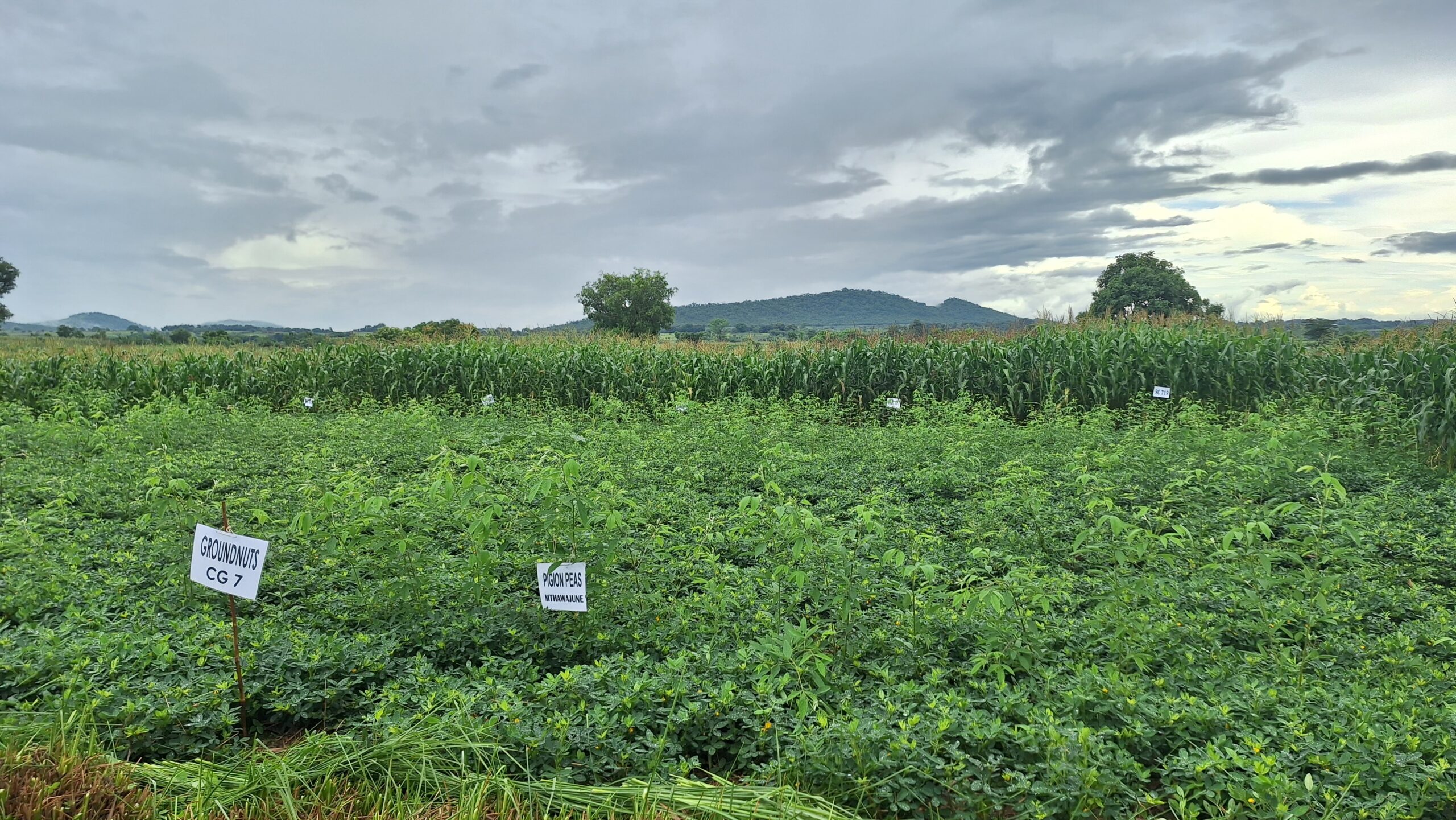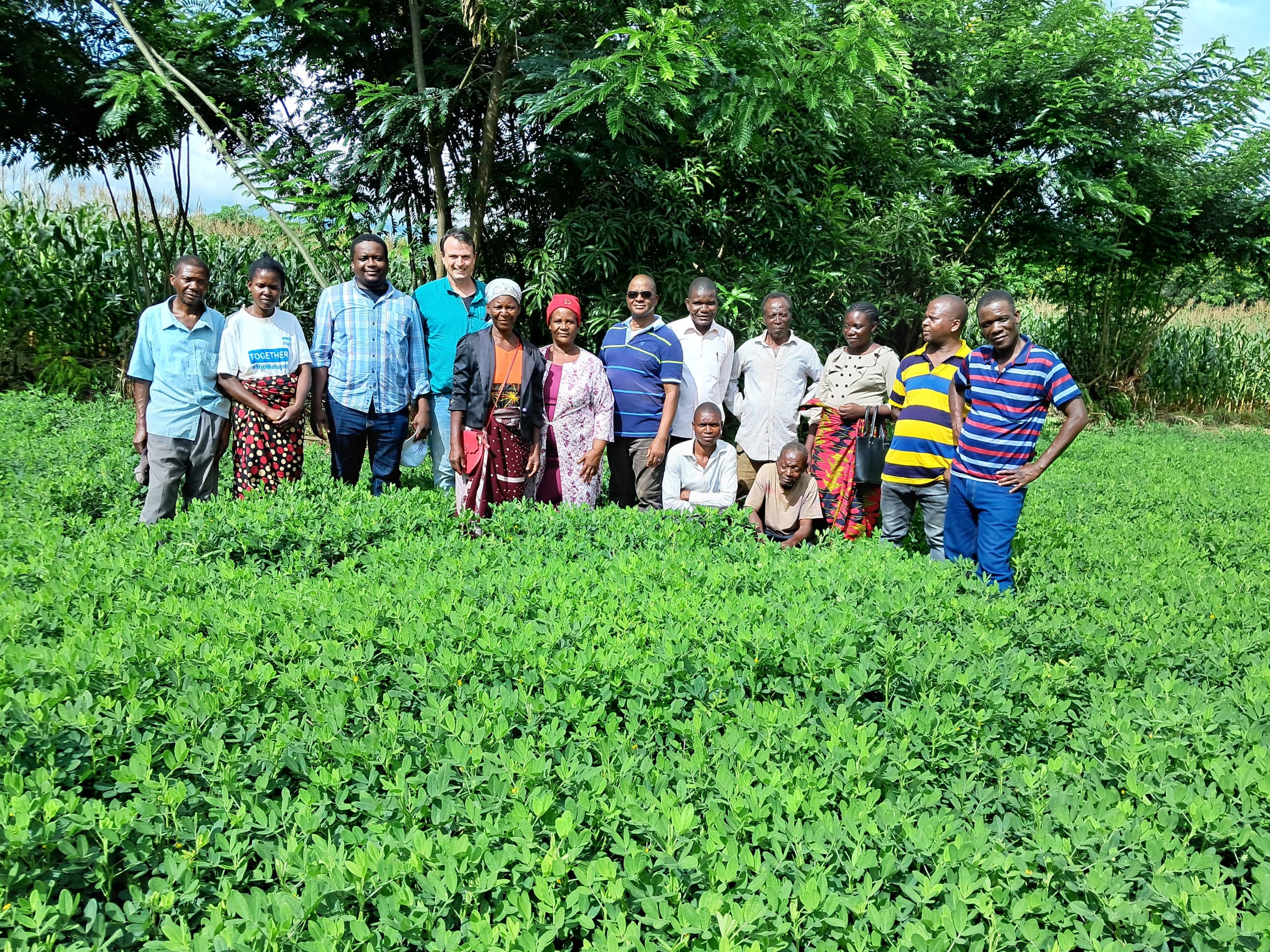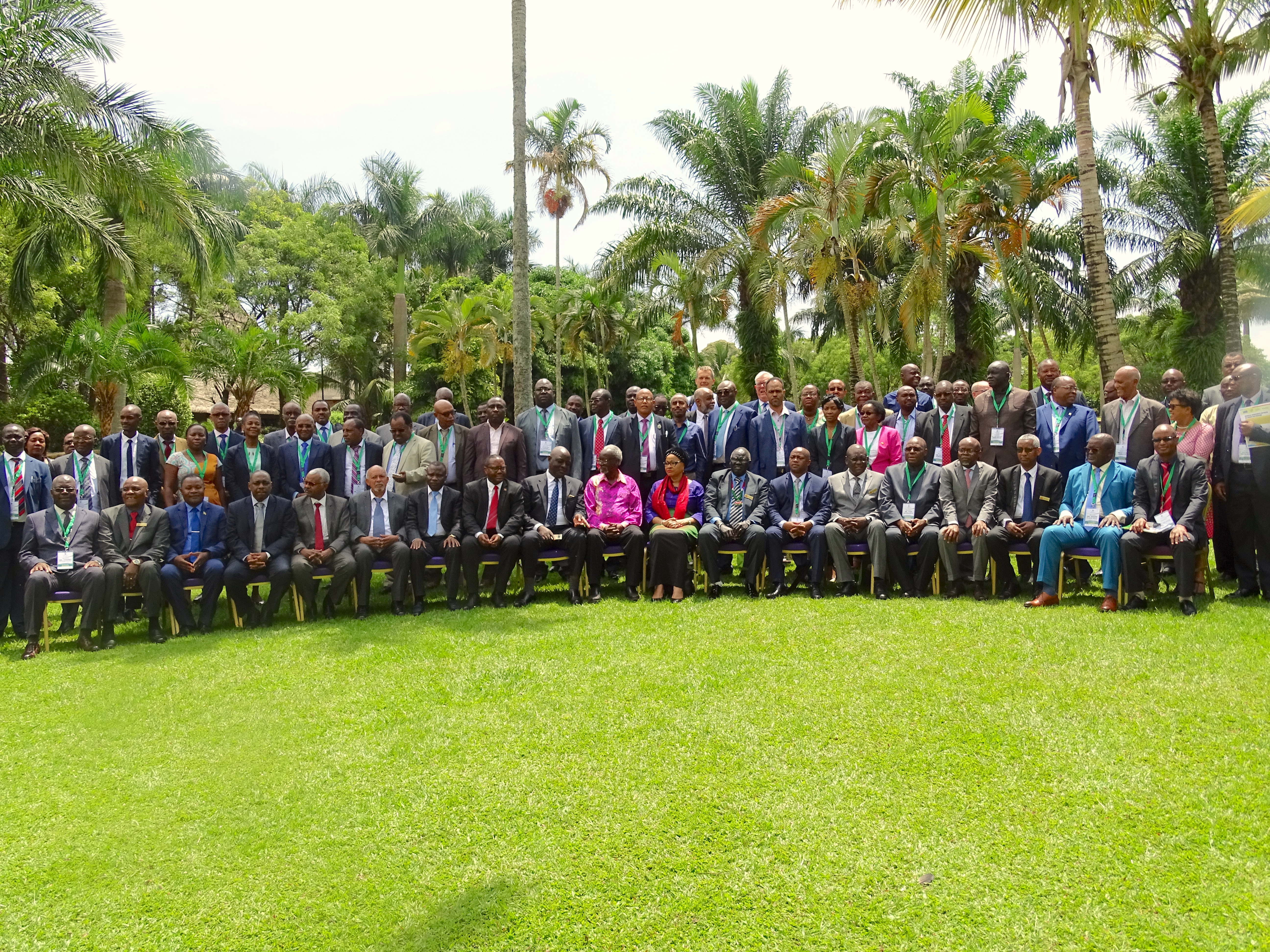
Hard work, patience, dedication, and a deep respect for the land are what it takes to make real change in farming systems in the long term. Too often, projects stop before they start showing impact. But in Malawi, farmers continue to see value, one trial at a time, year in and year out. Memory Lyton is one of these farmers.
Years ago, Conservation Agriculture (CA) was an unfamiliar idea in Mwansambo, Memory’s village. Like many farmers in Malawi, she and her husband were accustomed to conventional farming, characterized by ridged fields, monocropping, and leaving the soil uncovered. Yields were low and erratic, and climate change was making things worse. Droughts, floods, and soil degradation chipped away at the little that farmers had.
Equipped with a strong partnership with Total LandCare (TLC) and research vigor to test new, sustainable farming approaches, CIMMYT introduced a critical research project to understand CA in Malawi. For researchers, it wasn’t just about introducing a concept, it was about proving, over time, how it could work, not just on flat land, but in tough soils, through droughts, floods, and many other constraints. By starting small with just six on-farm trials, each of which was a replicated plot, the project tested three approaches, which included a conventional practice, no-till maize, and maize intercropped with legumes. The trials were basic at first. But year by year, they evolved. Maize-legume crop rotations were added, and new maize varieties were introduced. Row planting of groundnuts came later. Each change was aimed at one question: What actually works in the real world of Malawian farming, and how can we adapt it to the everchanging climate?
The trial that grew roots
Today, some of those original trials are still running. One of them belongs to Memory Lyton and her husband, respected farmers who have been active participants for over 10 years. Teaming up with her husband, she has managed her full-scale mother trial and continues to see positive yield results through the CGIAR Scaling for Impact Program. Now, she’s not just testing practices, her plot is a learning hub to help share and scale her lessons in her community.
Every so often, Memory welcomes other farmers from around the region to see the plots firsthand and ask questions. This kind of peer-to-peer learning has proven to be one of the most powerful tools for scaling and adoption. Farmers trust what they see on their neighbors’ fields more than what they hear in workshops.

Memory’s favorite plot is the one where she intercrops maize with cowpea and rotate them with a groundnut and pigeonpea grown in alleys. In this plot, she has seen first-hand best results, with strong maize planted without ridges, thriving side by side with legumes. The legumes cover the ground, protecting the soil from erosion and adding nutrients naturally. This system doesn’t just produce better yields, but helps improve the soil. In a nutshell, the trial tests CA, with maize/cowpea intercrop on flat land, with a rotation with doubled-up groundnut/pigeonpea plot. The contrast between this and conventional fields is visible: greener leaves, bigger cobs, and healthier soil.
Her commitment to the trials is evident in the way she approaches each season, as a learner and collaborator. Together with her husband, she has consistently managed the plots with care: monitoring rainfall with support from extension officers, planting on time, tracking performance, and harvesting. It’s a routine they’ve embraced year after year, not just to fulfil trial requirements, but to improve their own understanding of what works. Each season brings new lessons and challenges which tend to test their resilience. Last year, early but erratic rains tested their resolve. This year, the forecast is more promising, and with it, new hope.
Real change takes time
But this isn’t just Memory’s story. Her plot is part of a wider network, which consists of sixty mother trials and 1240 baby trials spread across the country. The baby trials are smaller, just 200 square meters, and test only two treatments selected from the mother trial by the farmer. But they allow farmers to test and learn in their own context, with their own hands.
Conservation Agriculture isn’t something you can force. Most farmers in Malawi still maintain a mix, some plots follow tradition, while others try new methods. Some farmers take longer to adopt, often taking four years, sometimes more. But the change is sticking. Others are trying new combinations, like maize intercropped with groundnuts using a four-row strip cropping system, which means more work, yes, but better yield. They’re figuring out how to avoid stressing one crop while maintaining the other, always adjusting, always learning. It’s a risk strategy, but less risky than traditional intercrops. But the more they see success in these trial plots, the more confident they become to shift.
There are challenges. Erosion is creeping in some areas due to heavy rains. Some plots aren’t as productive as they should be. But the long-term data, the shared learning, and the persistence of farmers like Memory show that CA isn’t just a theory, but it’s working. Slowly, steadily, and in real conditions, not controlled lab environments, but right where food is grown and livelihoods are sustained.
None of this would be possible without funding that sticks around long enough to see results. Quick wins are easy, but lasting impact takes time and trust.

 Nutrition, health and food security
Nutrition, health and food security 
